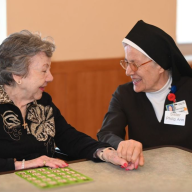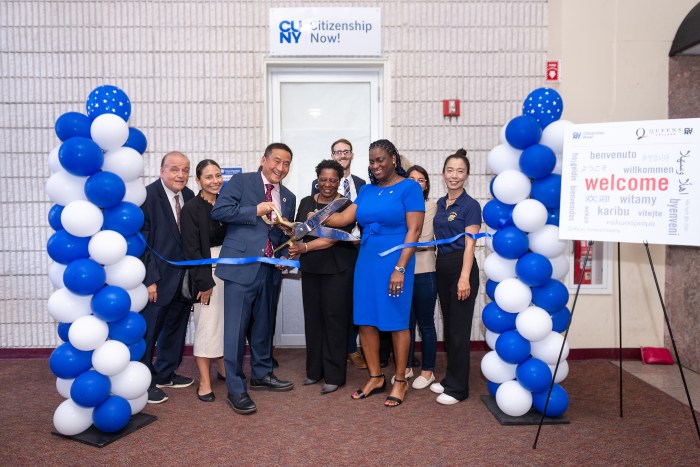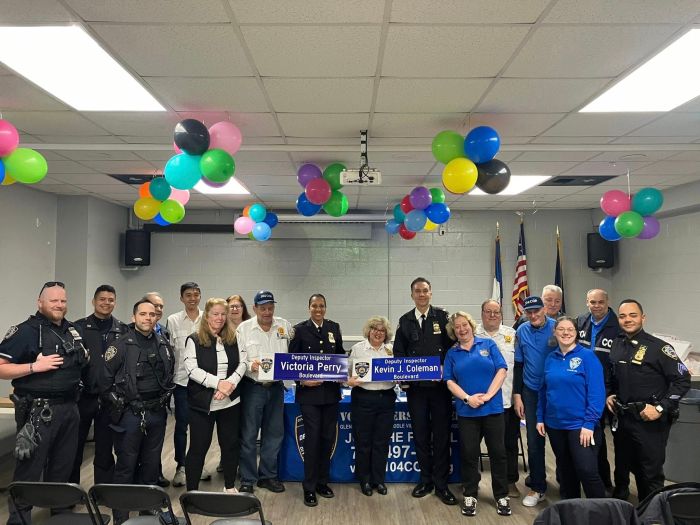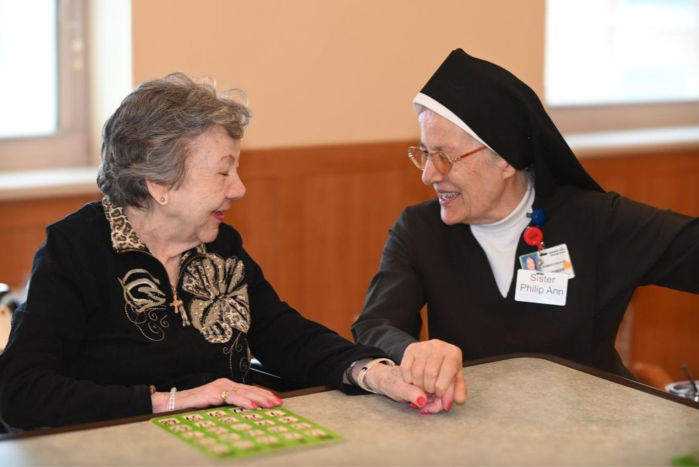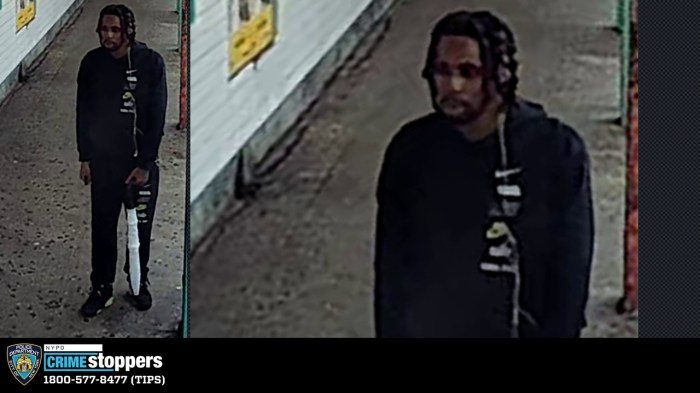By The Greater Astoria Historical Society
In December 1965, then−Gov. Nelson Rockefeller ended a month−long “people to people” state tour in Queens, where he engaged in “a flawless political performance.” During a whirlwind four−hour visit, Rockefeller toured the children’s unit at Creedmoor State Hospital and partook in a Christmas tree lighting ceremony.
While there, he countered former U.S. Sen. Robert Kennedy’s claim that the state under his leadership had not stepped up to receive important federal funds there “for the asking.” The governor charged that Kennedy was “playing politics with the mentally retarded, particularly children.”
Rockefeller also announced that he would move to fill an impending vacancy in the district attorney’s post, done by subsequently naming civil rights advocate and philanthropist Nat Hentel of Hollis Hills. He capped the day by attending a function to discuss borough−wide issues, and in so doing, “charmed more than 400 legislative, civic, business and labor leaders at a public forum” before hopping on his private plane back to Albany.
Those present felt it was clear that Rocky was laying the groundwork to run for a third term.
•
On Dec. 5, 1945, Marine Pvt. Robert Gruebel of Maspeth and 13 others disappeared on a routine training flight of five torpedo bombers off Florida.
The five Avengers were airborne at 2 p.m. on a sunny day. Their mission was a routine, two−hour patrol from Fort Lauderdale, where they were to fly due east for 150 miles, north for 40 miles, then return to base. The pilots were experienced aviators and the aircraft had been carefully checked prior to takeoff. The weather over the route was reported to be excellent.
At 3:45 p.m., the Fort Lauderdale tower received a call from the flight, but instead of requesting landing instructions, the flight leader sounded confused and worried.
“Cannot see land,” he blurted. “We seem to be off course.”
“What is your position?” the tower asked.
There were a few moments of silence. The tower personnel squinted into the sunlight of the clear afternoon, with no sign of the flight.
“We cannot be sure where we are,” the flight leader announced. “Repeat: cannot see land.”
After a few more exchanges, contact was lost.
Within minutes, a Mariner flying boat, with 13 crew member and carrying rescue equipment, was on its way to Flight 19’s last estimated position. Ten minutes after takeoff, it checked in with the tower and was never heard from again.
One of the largest searches in aviation history covered thousands of miles off the Florida coast. Finally, after an extensive Navy Board of Inquiry investigation was completed, the riddle remained intact.
The board’s report was summed up in one terse statement: “We are not able to even make a good guess as to what happened.”
T. Vincent Gaddis, writing for Argosy magazine in 1964, bundled Flight 19 with other mysterious disappearances and coined the phrase “Bermuda Triangle.”
The Greater Astoria Historical Society is open to the public Wednesdays from 6 p.m. to 8 p.m. and Saturdays from noon to 4 p.m. at Quinn’s Gallery, Fourth Floor, 35−20 Broadway, Long Island City.
For more information, call 718−278−0700 or visit www.astorialic.org.









